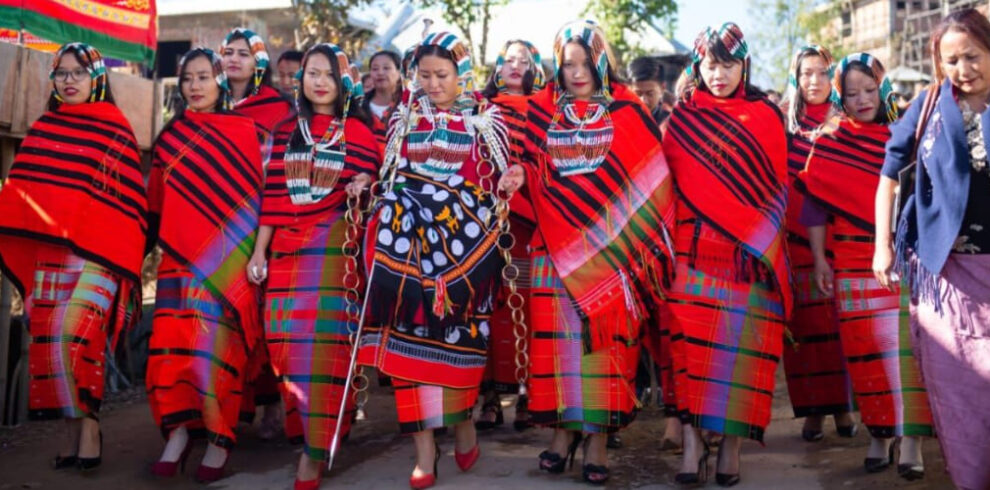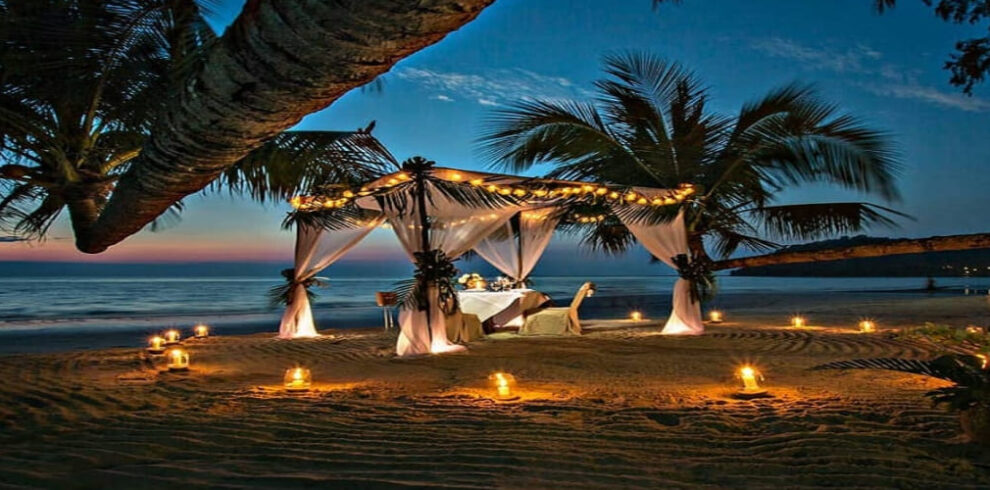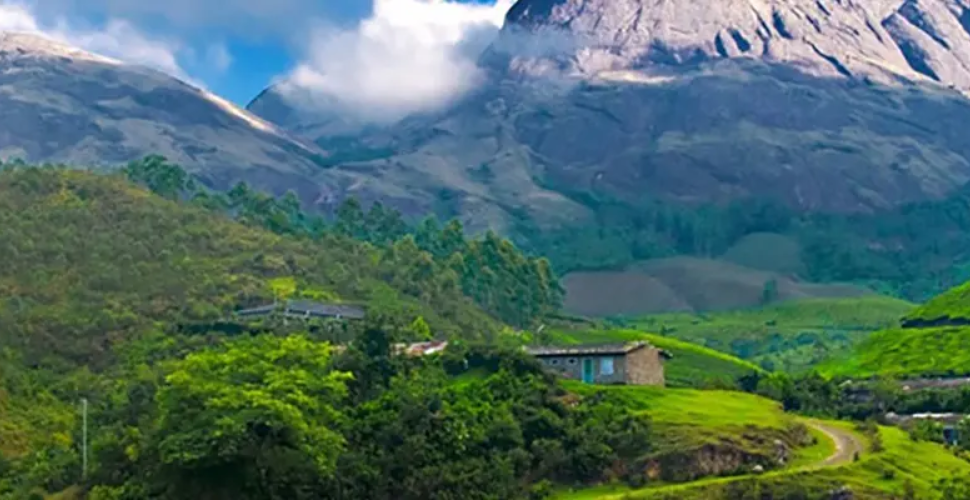Nestled in the verdant hills of Ukhrul district in Manipur, the Tangkhul tribe represents one of the most vibrant and culturally rich ethnic communities of Northeast India. With a history rooted deeply in tradition, oral folklore, and a strong sense of community, the Tangkhul Nagas have continued to preserve their unique identity even in the face of modernity.
Origin and Language
The Tangkhuls are part of the larger Naga ethnic group and trace their ancestry to the Indo-Mongoloid race. Their oral traditions suggest that they migrated from the east of the Yangtze River in China, passing through Myanmar, before settling in their present habitat. The tribe speaks Tangkhulic, a branch of the Tibeto-Burman language family. While English and Manipuri are also spoken by many, the native language remains central to community life and cultural expressions.
Traditional Lifestyle and Practices
Traditionally agrarian, the Tangkhuls practice jhum (slash-and-burn) cultivation, although settled agriculture has become more prevalent. Paddy, maize, and yams form the staple diet, while fermented bamboo shoots and smoked meats are delicacies in Tangkhul cuisine.
Their villages are often built on hilltops, reflecting strategic defensive preferences of the past. A typical Tangkhul house is built from bamboo, wood, and thatch and designed to withstand the monsoon rains and chilly winds.
Attire and Ornaments
Traditional Tangkhul attire is visually striking, featuring handwoven fabrics in bold colors—mostly black, red, and white. The Mayek Naara, a shawl worn by men, and Kashan, worn by women, are significant cultural garments. Beaded necklaces, brass ornaments, and headgear with hornbill feathers are still worn during festivals and ceremonies.
Rich Cultural Heritage
Music and dance are essential to the Tangkhul identity. They have a strong oral tradition with folk songs that recount ancestral tales, love stories, and valor in battle. Dances are typically performed during festivals and involve rhythmic steps, vibrant costumes, and community participation.
The most famous celebration is the Luira Phanit—the seed-sowing festival—which marks the beginning of the agricultural season. It showcases the tribe’s gratitude to nature and the divine, and it’s a time of communal joy, feasting, and traditional games.
The Tangkhul tribe stands as a proud symbol of Northeast India’s diverse cultural landscape. With a rich heritage, deep community ties, and an evolving identity, they exemplify the strength of tradition in a rapidly changing world. As tourism and interest in indigenous cultures grow, it becomes vital to honor, document, and support the legacy of the Tangkhuls—not just as a people of the hills, but as custodians of a living heritage.
Related Trips







